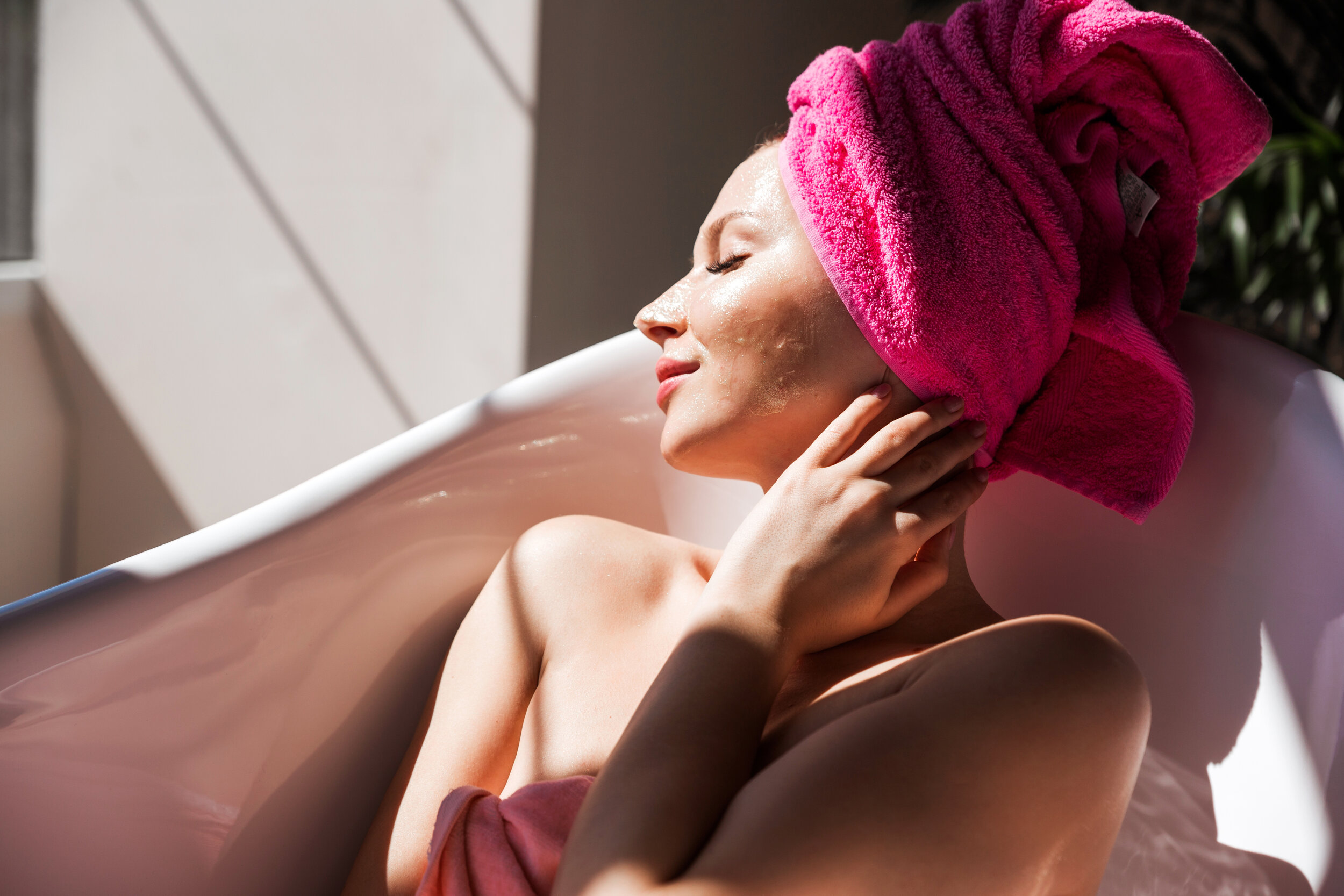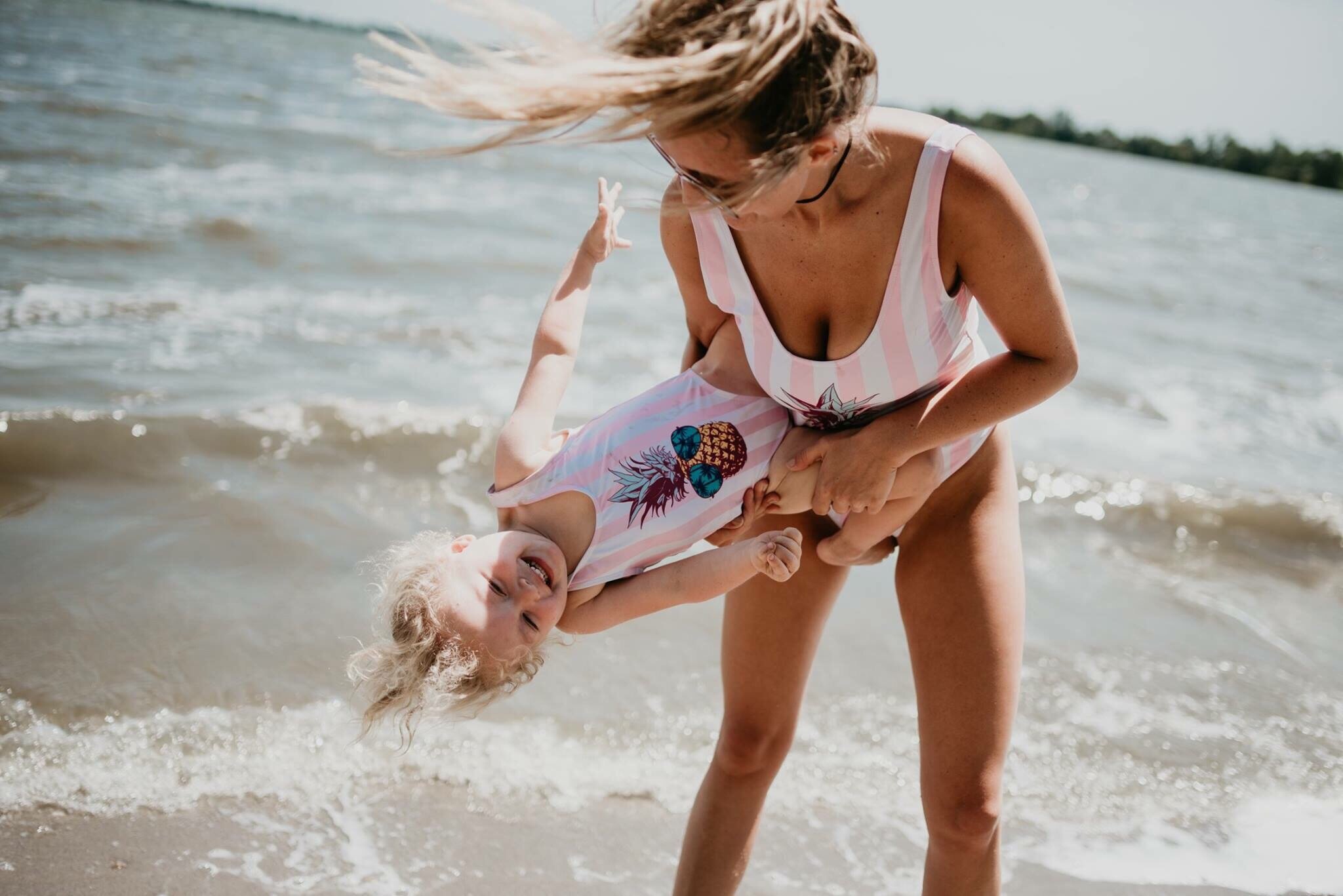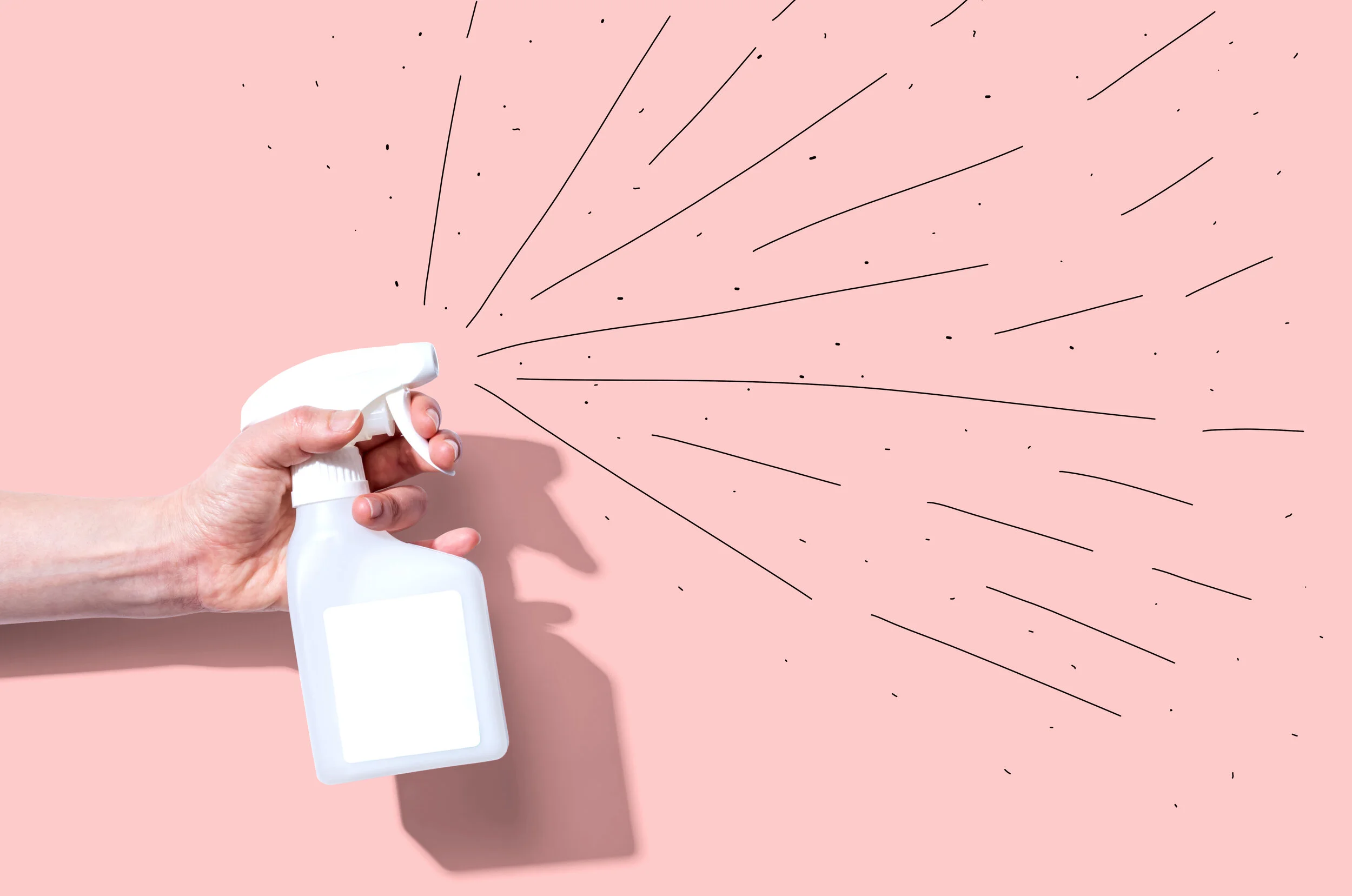When a cancer diagnosis is handed down, there are so many things to think about – and skin care can seem like one of the least important to consider. However, the same treatments that kill off cancer cells also affect the growth of your skin cells. Cancer and cancer treatment can affect a person’s skin, hair, and nails. While these reactions are rarely severe, they can cause major discomfort. Patients may even want to stop cancer treatment because of these reactions.
What types of cancer treatments cause skin changes?
All cancer treatments have side effects, but patients are sometimes surprised by the skin changes they see when receiving treatment.
Radiation therapy-related skin problems.
When radiation therapy is used on cancer cells, it can also affect healthy skin cells. During each treatment, radiation passes through the skin located in the treatment field. Skin may become red, irritated, peeling, tanned, or appear to be sunburned. This can cause the skin to peel, itch or hurt. Most often it gets better a few weeks after treatment ends.
Chemotherapy-related skin problems.
When chemotherapy is used to treat cancer, it can cause changes to the texture, color, or health of the skin. Chemotherapy drugs stop cancerous cells from growing and multiplying, but healthy cells are affected too. When on chemo, skin cells don’t replace themselves like they normally would. Skin can become fragile, dry, rough, itchy, and red. Patients can experience peeling, cracks, sores, or rashes. Chemo may make skin more sensitive to sunlight, increasing the risk of sunburn.
Immunotherapy-related skin problems.
When immunotherapy is used to treat cancer, skin redness, blistering, and dryness are common reactions. Skin on the fingertips may crack. Skin may also become more sensitive to sunlight. A lot of scratching can break the skin, making it prone to infections. Inflammation around the nails can make grooming, dressing, and other activities painful or difficult.
What skin changes could be experienced?
Dry Skin.
Skin can be rough, flaky, red, and sometimes painful. It’s often caused by not having enough oil and water in the layers of the skin. Common causes of dry skin include dehydration, heat, cold, poor nutrition, and side effects of treatment.
Itchy Skin.
Itching can cause restlessness, anxiety, skin sores, and infection. Common causes of itching in people with cancer include dry skin, allergies, side effects of medicines, and cancer treatment.
Skin Rash.
A skin rash is a common side effect of certain types of cancer treatments. Rashes usually develop within a few weeks of receiving the treatment but can develop at any time. Patients may experience a rash that looks like acne or measles.
Changes in Skin Color.
Changes in the skin can be due to tumor growth, sun exposure, or the side effects of treatment. A person may look yellow because of liver problems, blue because of breathing problems, bruised because of blood disorders, or red because of skin problems.
Nail Changes
Some cancer treatments can cause nails to lift, break, or develop light or dark streaks or grooves. The cuticle surrounding nails may also swell and become painful and red.
How to protect & soothe skin during cancer treatment.
Because the skin is our largest organ and essential for protecting us from external risks such as infection, it is especially important to properly care for it during cancer treatment.
Use skin care products developed for sensitive skin. The rules that apply to sensitive skin are true for those going through cancer treatment. Choose products that are gentle, hydrating, and fragrance free. Avoid products with unnecessary chemicals like parabens, sulfates, phthalates, EDTAs, PEGs, synthetic dyes, and propylene glycol. Also avoid essential oils, which can be irritating to sensitive skin.
Here are some care guidelines to help protect and soothe skin during cancer treatment.
Keep skin clean
Bathe or shower daily using warm (not hot) water and a mild unscented soap. Rinse skin well and pat it dry with a soft towel.
When washing, be gentle with your skin. Don’t exfoliate or use a washcloth, loofah, or brush.
Moisturize often
Start using a gentle moisturizer when treatment begins. This can help minimize any skin reaction. Use an over-the-counter moisturizer that does not have any fragrances or lanolin, which can irritate skin.
Apply moisturizer at least two times a day.
Apply oils or creams around nails and cuticles to help keep them soft.
Avoid Irritating Skin
Avoid products that can irritate sensitive skin including soaps, detergents, and creams with irritating chemicals like sulfates, PEGs, propylene glycol, synthetic dyes and high levels of fragrance.
Wear loose-fitting, cotton clothing because it’s less likely to rub against skin and cause irritation. Wash clothes in a mild, dye-free, fragrance-free detergent.
Don’t use makeup, perfumes, powders, or aftershave in the area being treated.
Don’t use hot water bottles, ice bags, heating pads, or heat lights in the area being treated.
When in the sun, use a PABA-free sunblock with an SPF of 30 or higher.
Natural Inspirations’ Fragrance Free skin care products are gentle on skin that’s sensitive due to cancer treatment.
Gently nourish skin with rich, botanical ingredients and no harsh toxins. Hydrate, soften and soothe sensitive skin with lotions and crèmes loaded with skin-conditioning coconut oil and healing antioxidants.
Leaves skin feeling soft, calm and hydrated.
Helps soothe and restore suppleness.
Helps smooth skin and improve elasticity.
100% vegan and gluten free.
Looking for a special gift for someone that you love?
Try our Fragrance Free Gift Set! This includes some of our most-loved products; Nourishing Hand & Body Lotion, Ultra-Hydrating Mini Hand Crème and Ultra-Moisturizing Body Butter.





![AdobeStock_256126873 [Converted]-05.png](https://images.squarespace-cdn.com/content/v1/557cbd7be4b00198d215d2b0/1602610662361-9ZU1D7RRLUK02I2O2LW2/AdobeStock_256126873+%5BConverted%5D-05.png)
![AdobeStock_256126873 [Converted]-06.png](https://images.squarespace-cdn.com/content/v1/557cbd7be4b00198d215d2b0/1602610686733-RYFEFDIK2K74KEKZER0T/AdobeStock_256126873+%5BConverted%5D-06.png)











Make your own DIY Face Masks with everyday household ingredients. Here's a list of the 10 most common and how you can use them.